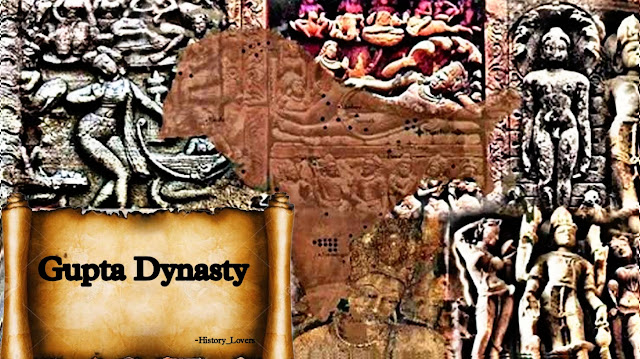The Great Indian Desert [ The Thar Desert ]
The great Indian Desert [ The Thar Desert ]
 |
| The Thar desert |
Introduction
The Thar Desert, also known as the Great Indian Desert, is a mesmerizing expanse of arid land that stretches across the northwestern region of India and into Pakistan. With its vast sand dunes, parched landscape, and extreme weather conditions, the Thar Desert is a remarkable geographical entity that has captured the imaginations of explorers, adventurers, and nature enthusiasts alike. In this article, we will explore the unique features, cultural heritage, and ecological significance of the Thar Desert.
1. Geographical Features
 |
| Geographical image of Thar |
The Thar Desert is the first largest desert in india and 18th largest desert in the world. The Thar Desert covers an area of approximately 200,000 square kilometers, making it one of the largest deserts in the world. Located primarily in the Indian state of Rajasthan, it extends into portions of Gujarat, Haryana, and Punjab. The landscape is characterized by rolling sand dunes, vast stretches of barren land, rocky outcrops, and intermittent salt lakes. Despite the arid conditions, the desert is home to diverse flora and fauna, adapted to survive in this harsh environment.
2. Cultural Heritage
 |
| Culture of Thar |
The Thar Desert holds a rich cultural heritage that dates back thousands of years. The region is inhabited by various indigenous communities, including the Rajputs, Jats, Bishnois, and Bhils, each contributing to the vibrant tapestry of traditions, art, music, and dance. The desert is known for its colorful festivals, such as the Pushkar Camel Fair and the Desert Festival of Jaisalmer, where locals showcase their traditional attire, folk dances, and musical performances. The architectural marvels of the desert cities, such as Jaisalmer Fort and Mehrangarh Fort, stand as testaments to the glorious past of the Rajput rulers.
3. Flora and Fauna
Contrary to popular belief, the Thar Desert is not devoid of life. It is home to a remarkable array of plant and animal species that have uniquely adapted to survive in the extreme desert conditions. Plant species like khejri, cacti, and thorny shrubs have developed mechanisms to conserve water and endure the scorching heat. Animals such as the Indian Gazelle (Chinkara), Desert Fox, and Indian Wild Ass (Ghudkhar) have evolved specialized physiological and behavioral adaptations to thrive in the desert. The desert also attracts numerous migratory birds during winter, providing a sanctuary for avian species like the Demoiselle Crane and the Great Indian Bustard.
4. Traditional Lifestyle and Desert Safaris
 |
| Tradition of Thar |
The traditional lifestyle of desert dwellers revolves around their deep connection with nature and the desert environment. Nomadic tribes like the Bishnois and the Raikas practice pastoralism, rearing livestock and relying on traditional knowledge for survival. The desert also offers unique experiences through desert safaris, where visitors can explore the vast stretches of sand dunes on camelback, witnessing breathtaking sunsets, and immersing themselves in the tranquility of the desert nights. Bedouin-style camping and folk performances add to the allure of these safaris.
5. Environmental Challenges and Conservation Effort
The Thar Desert faces several environmental challenges, including water scarcity, soil erosion, and desertification. Climate change exacerbates these issues, leading to unpredictable rainfall patterns and increased aridity. In summer the temperature is more than 41°C but in winter it downs to 7°C temperature. However, various governmental and non-governmental organizations are working towards conserving the fragile desert ecosystem.
Conclusion
Thar Desert is a remarkable geographical entity that has captured the imaginations of explorers, adventurers, and nature enthusiasts alike. The desert also offers unique experiences through desert safaris, where visitors can explore the vast stretches of sand dunes on camelback, witnessing breathtaking sunsets, and immersing themselves in the tranquility of the desert nights. Thar is one of the beautiful place in India to visit. Travellers are mainly attract for it's culture, environment, people.


